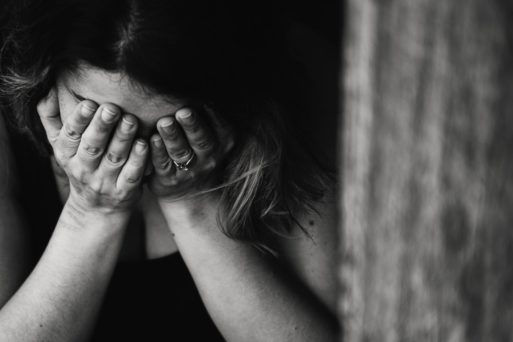
Many experiencing ongoing grief will be especially affected during the holidays.
Credit: Tim Douglas
Prolonged grief disorder isn’t new: the condition was previously termed complicated grief and persistent complex grief disorder. But in a recent revision, the Diagnostic and Statistical Manual of Mental Disorders has upgraded the condition from one requiring further study to a recognized syndrome. For many facing ongoing losses due to COVID-19 and other circumstances – particularly during the holiday season when grief is often heightened – the label may prove alternately comforting and alienating.
For Lia Catanzaro, having a name for her condition helped her to realize that the physical reactions she was experiencing following her father’s death, including a feeling of freezing and her chest tightening, were common. “There’s the number of how many people were lost to COVID, but not a lot of focus on how hellish it is in the aftermath,” Catanzaro told The New York Times. “There’s no playbook, no advice from other generations.” Fiana Garza Tulip, who suffered two miscarriages and the loss of several close family members to the virus, also expressed comfort in having a label for her emotional numbness and ongoing sense of loss.

Prolonged grief disorder involves ongoing and intense preoccupation with a dead loved one.
The American Psychiatric Association defines prolonged grief disorder as an intense longing for, or preoccupation with, someone who’s died within at least 12 months (or six months for children), occurring most of the day, nearly every day – causing distress and affecting an individual’s ability to function. Symptoms include a sense of disbelief; avoiding reminders that the person died; intense emotional pain and emotional numbness, among others. “Including prolonged grief disorder in the DSM-5-TR will mean that mental health clinicians and patients and families alike share an understanding of what normal grief looks like and what might indicate a long-term problem,” APA CEO and Medical Director Saul Levin said. “Especially now, sharing information and increasing awareness about prolonged grief disorder is essential.”
Still, some experts warn that the label pathologizes grief, causing those experiencing ongoing suffering – a normal response to death and loss – to diagnose themselves or seek unnecessary treatment. “It’s a disastrous and foolish idea,” Allen Frances, who headed the production of the DSM’s fourth edition, told Scientific American in 2011.
Others are wary of the diagnosis’ stigmatizing nature. “The language makes me cringe,” Tashel Bordere, an assistant professor of human development and family science at the University of Missouri, Columbia, told The New York Times. Bordere expressed concern that Black children, many of whom have lost parents during the pandemic, could be especially mischaracterized. “I think what we have is a prolonged lack of grief education,” she said.

 Prolonged Grief Receives New Recognition
Prolonged Grief Receives New Recognition




 Composting Bodies Is Now Legal in a Dozen States
Composting Bodies Is Now Legal in a Dozen States














